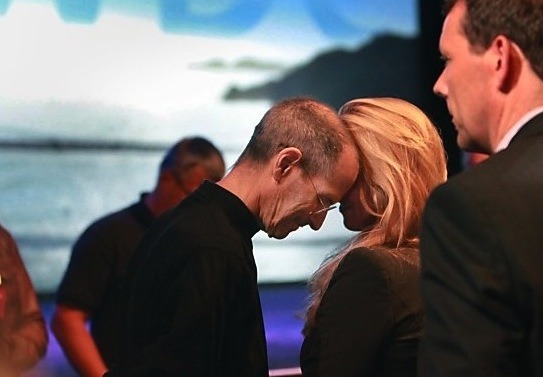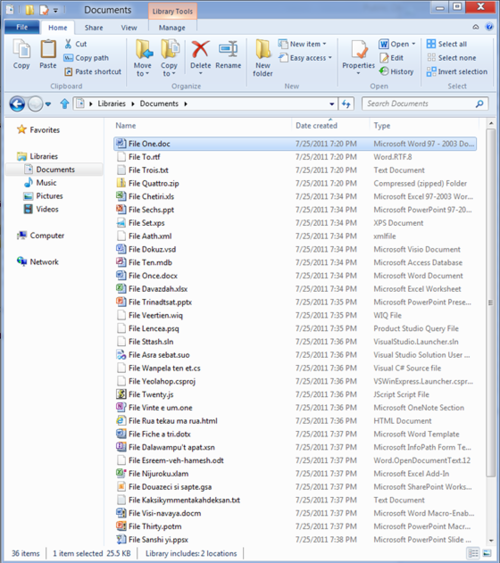Welcome
My first computer was an Apple //c. I was very young–we have home movies of me using it to print pictures of Sesame Street characters. I remember the feel of the keyboard. I remember the tiny Apple logo, a carefully-placed splash of colour, inset so precisely - that little logo, in particular, was an example of precision that seemed uncommon in other produced things. I remember tone of the beep and the rattle of the floppy drive when you turned it on. I remember examining every inch of the machine–from the drive latch, softly rubbery, which would flip inward and then up to open–to the handle that cleverly flipped down to serve as a stand–as if seeing where all of the lines and seams led would give me some kind of insight into how it worked. I don’t know if I could have described it at the time, but it left me with the impression of something that was designed.
I was born in August 1984, the same month that the Macintosh was introduced. But we didn’t have a Mac until much later: a Quadra 605, a ‘low-end’ machine, was our first. It was amazing.
I learned BASIC on the //c, then later, used Chipmunk Basic (which, incredibly, still exists!) on the Mac. I used ResEdit to hack Chipmunk’s resource fork to display the GUI in the way I wanted, and wrote text adventure games with graphics and sound. I hacked a few existing commercial games in this way, to customise them and to amuse my friends, and, well, just because I could.
In independent study, in middle school, I wrote a short, illustrated fictional book about a boy who discovers a special kind of modem in the woods behind his house, takes it home and plugs it into his Mac, and discovers he can use it to chat with extraterrestrials. The book included detailed screen shots.
I don’t still have most of these things, but I can tell stories about them, which is almost as good.
When I was working at my first job after college, at one point I was asked a question about a legacy system running on an old FileMaker database. I had no experience with FileMaker, but I took one look at it and said it was exactly like ClarisWorks, which I had used in the mid-90s to make an invoicing database for my mom’s home business. This caused a stir, considering my age. One of my coworkers, about the same age as me, remarked that she would have been climbing trees around that time. I remember this because it gave me pause, and I wondered if climbing trees might have been a better use of my time. But this is me, for better or for worse.
Of the useful knowledge I have in my adult life, I’ve learned a large part of it while using the Mac, self-directed, either through trial and experimentation, or through the Internet. I never particularly excelled in school, except in subjects I was already good at; I always found it easiest and most rewarding to learn on my own. In a very real and tangible way, Apple computers played a major role in teaching me how to learn.
It wasn’t until I received word of Steve Jobs’s death that I realised I had secretly hoped to meet him someday. (You know, ‘someday’, when I’m successful and important enough for that to be real.) It’s a strange and unfamiliar sensation, to suddenly discover something that you never admitted to yourself, and then immediately have it crushed.
A few days later, John Siracusa described it exactly (at 35:14):
For people who are celebrities–and he was kind of a celebrity–this happens more with actors and singers and stuff, but–you see all the interviews with them, you listen to all their music, you watch all their movies, you buy all their products, whatever it is. And you start to think, that you know the person, right? […] If you see your favourite celebrity, it can be like ‘I know everything about this person. I know their biography, I read their life story, I’ve seen a million interviews with them…’ It feels like they’re your friend. But they don’t know you because they’ve never seen you or met you. And so you have this weird desire to be like, ‘I know you so much, I bet we could be great friends if you only knew me’, which is almost certainly not the case.
[…]
So, I find myself with this inclination too, because when somebody dies, the people who are most affected by it are the people who personally knew him, and to a first approximation, nobody personally knew him, you know–it’s very small compared to the number of people who think they know Steve Jobs because they buy all these Apple products and have read all about him and stuff like that. So you find yourself wanting–wishing you had been personal friends with Steve Jobs. ‘Cause like, now he’s gone and now we can never be friends. Which is pretty irrational–because you were never going to be friends with him anyway, right? He can’t be friends with the whole world.
I saw some stories–even the people who did know him were all trying to see him before he died, and he was very particular about even the set of people he was, you know, going to talk to. He made choices that you would say ‘why would you make that–’ like one of the people who he talked to was [John Doerr], a venture capitalist for the early Apple, and I don’t know what the relationship was, but I can imagine like the reason that he might have talked with him was that, ‘back when I was starting Apple, I needed someone who believed in me, and who would give me money to do my thing, and this is the guy–this is the venture capitalist who believed in me.’ Right? That’s the guy who Steve Jobs wants to talk to, he doesn’t want to talk to his adoring fans who’ve bought–and not like he doesn’t like you or anything, but that feeling, that sense of loss, that ‘now I can never be friends with Steve Jobs’–makes no sense on a rational basis, but I think a lot of us feel it, simply because we felt like he either already was our friend, or could have been our friend, or we would have a lot to talk about, or–you know what I mean? That’s a weird feeling, and I think we’re all feeling it.
It’s still weird to me. It feels as though this isn’t the same world that it was a few days ago.
There’s one simple phrase that always stuck in my mind when I think about my experiences with the Mac. It used to be the first thing you saw when you turned one on: ‘Welcome to Macintosh’, accompanied by a smiley face. It seems to me that Steve and Apple’s primary mission was always to bring technology to as many people as possible, in the best way they knew how. And they have done.
It’s been a common theme among people I read in the past few days, that Steve didn’t predict the future, as some have said; rather, he decided what he thought the future should be, and then he made that future.
Apple welcomed us into that future, and now it belongs to all of us. And it’s up to us, now–not just the people working at Apple, but everyone who knows what ‘Apple-like’ means, and understands that ‘insanely great’ is more than just hyperbole–to continue making the future an exciting and welcoming place to live in. Steve started it, and now that he’s gone, we have to keep it going. I’m counting on all of you.
I’ll do my best, too.


